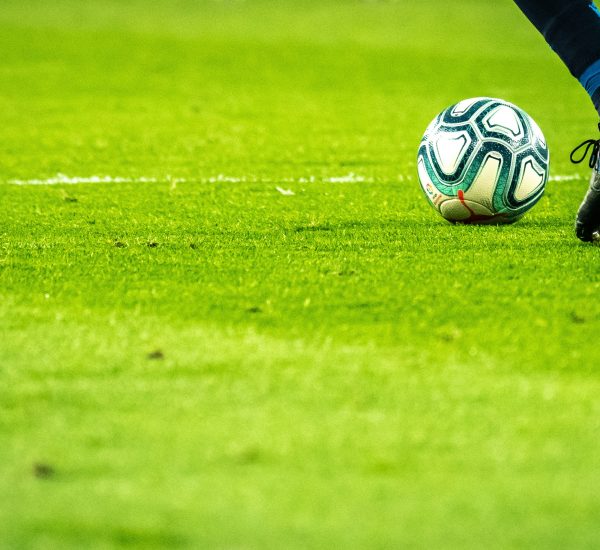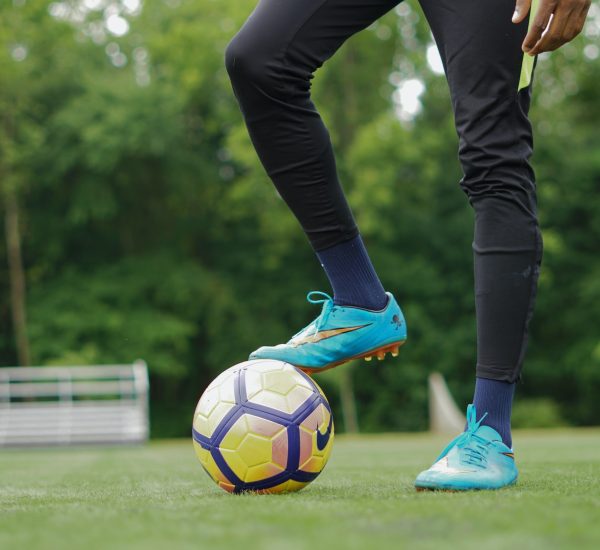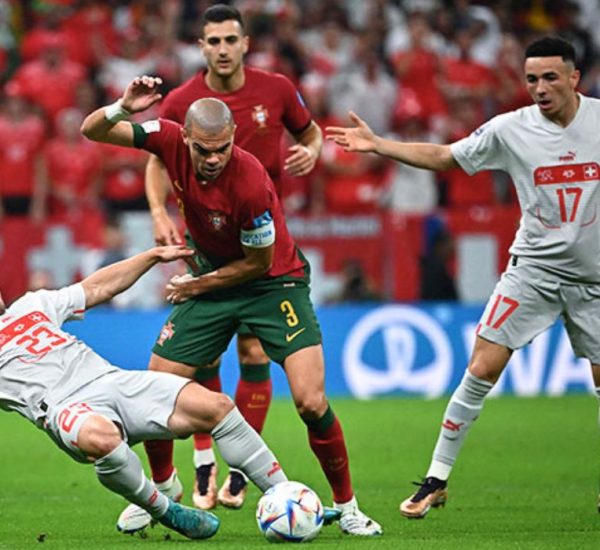Soccer fitness drills are very helpful for improving speed, agility, deceleration, and multidirectional running. They also help improve player touch and close control. In addition, these drills stretch the muscles during soccer training. Below are some tips for soccer fitness drills.
The first drill is one that improves endurance and recovery. This drill requires players to sprint in two groups – one in front of the other, and one behind. The second group must sprint past the first group while the first group is still jogging. Repeat this process three times, for a total of five minutes.
Improves speed, agility, acceleration, deceleration and multidirectional running
Soccer fitness drills are a great way to train soccer players. The goal of these exercises is to increase a player’s speed, agility, deceleration, and multidirectional running. These skills are vital for soccer players because they must be able to change direction quickly. In addition to traditional agility drills, soccer players can also incorporate other fitness drills into their training regimen.
The key to achieving maximum speed and agility is to train your RSA (repeated sprint ability) or RBLA (repeated burst ability). Soccer fitness drills should focus on these key attributes of soccer players. In addition to traditional lateral running and sprinting, you should focus on lateral movements and backpedaling. You can also use a fitness rubber band to perform these exercises in small steps.
Acceleration and deceleration are essential skills for players in many sports. They are vital for certain skills and movements, such as cutting action or changing direction. A soccer player may decelerate to prepare for an uphill cut, while an athlete running laterally executes a stroke.
Athletes with COD agility are better able to react to a stimulus. They are more likely to react quickly to changes in direction and use their proprioceptive and visual scanning skills to make these decisions. In addition, they also have a fine-tuned neurological system and keen cognition.
Soccer players must be strong with their legs and core to move quickly and efficiently. This drill will increase a player’s core strength. They should also increase their agility. Begin by standing next to a soccer ball. Jump over the ball to the other side, then quickly jump back to the starting position. Repeat this exercise for 30-60 seconds.
In addition to these fitness drills, soccer coaches should also train their players’ deceleration abilities. These exercises are vital to soccer fitness. These training drills help improve an athlete’s deceleration speed and overall speed. By practicing deceleration tasks, athletes can develop a more efficient technique. They can also include cones to force athletes to change direction.
Traditional sprints only help an athlete run for a short amount of time before they begin to feel fatigued. Flying sprints, on the other hand, can enhance a player’s top-speed sprinting and do not require any special training equipment.
Improves touch, close control, passing and (by stealth!) fitness
Soccer fitness is not difficult to achieve if you can focus on a few basic exercises. The cruyff turn is a great example of an exercise you can do to improve your touch, close control, passing, and overall game fitness. Players learn to control the ball with a touch and then volley it back using the other foot. This drill is also great for improving coordination and balance.
Stretches muscles during soccer training
Proper stretching can help prevent injury and improve athleticism. It can also help reduce muscle imbalance, which can lead to muscle strain and injury. Proper stretching can help players feel better, too! The following exercises will help you stretch your muscles during soccer training. Just remember to hold each stretch for at least 20 to 30 seconds.
During soccer training, you should perform static and dynamic stretches to warm up and stretch your muscles. Both types of stretches help increase flexibility. Static stretching involves holding a static position without moving, while dynamic stretching is performed during an active movement of the muscles.
Both types of stretching are essential for athletes and should be performed before any soccer training session. If you want to improve your flexibility, you should do dynamic stretching before every workout.
The piriformis muscle is located deep beneath the gluteus muscles. To stretch this muscle, lie on your back and cross your right leg over your left. You can also do this exercise while on your tiptoes. Both of these exercises target the piriformis muscle and are great for soccer players.
Stretching can improve your flexibility and reduce your risk of injury. It is important for soccer players to increase their flexibility, because it improves muscle balance, reduces sports injuries, and increases performance.
Additionally, enhanced flexibility can improve posture and reduce back pain. Aside from improving your flexibility, stretching will also prevent injury by preventing lower back pain.
Hamstring stretches are also very important to keep in shape. These exercises can be done while seated. You should make sure to maintain a flat back and the heel of your forward foot on the ground while you do this exercise. Hold this position for 10 to 30 seconds. The goal is to feel slight resistance rather than pain.
This study does not assess the extent to which soccer coaches follow stretching recommendations. However, it does point to a few important areas that soccer coaches should consider. One of these is the level of familiarity with warm-up protocols. Ideally, soccer coaches will be able to modify their stretching practices to improve the condition of players.



